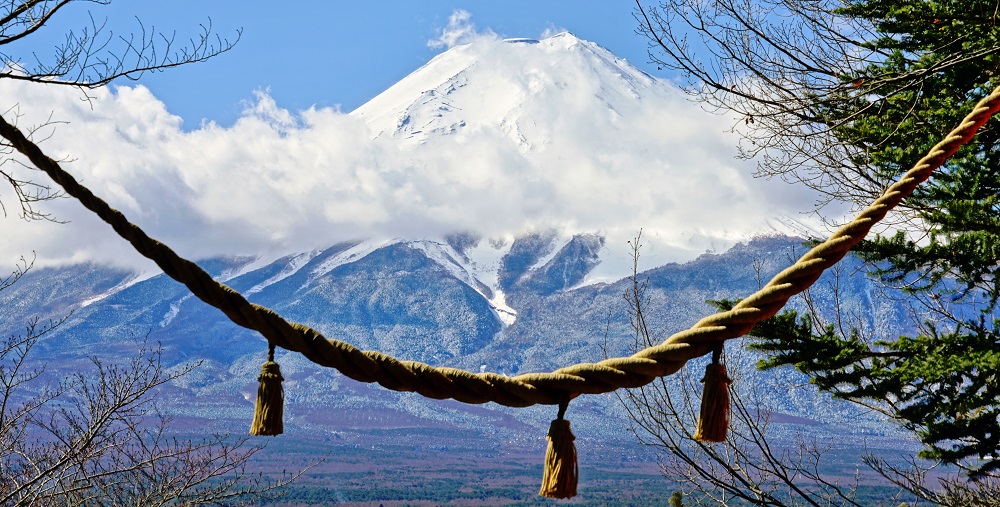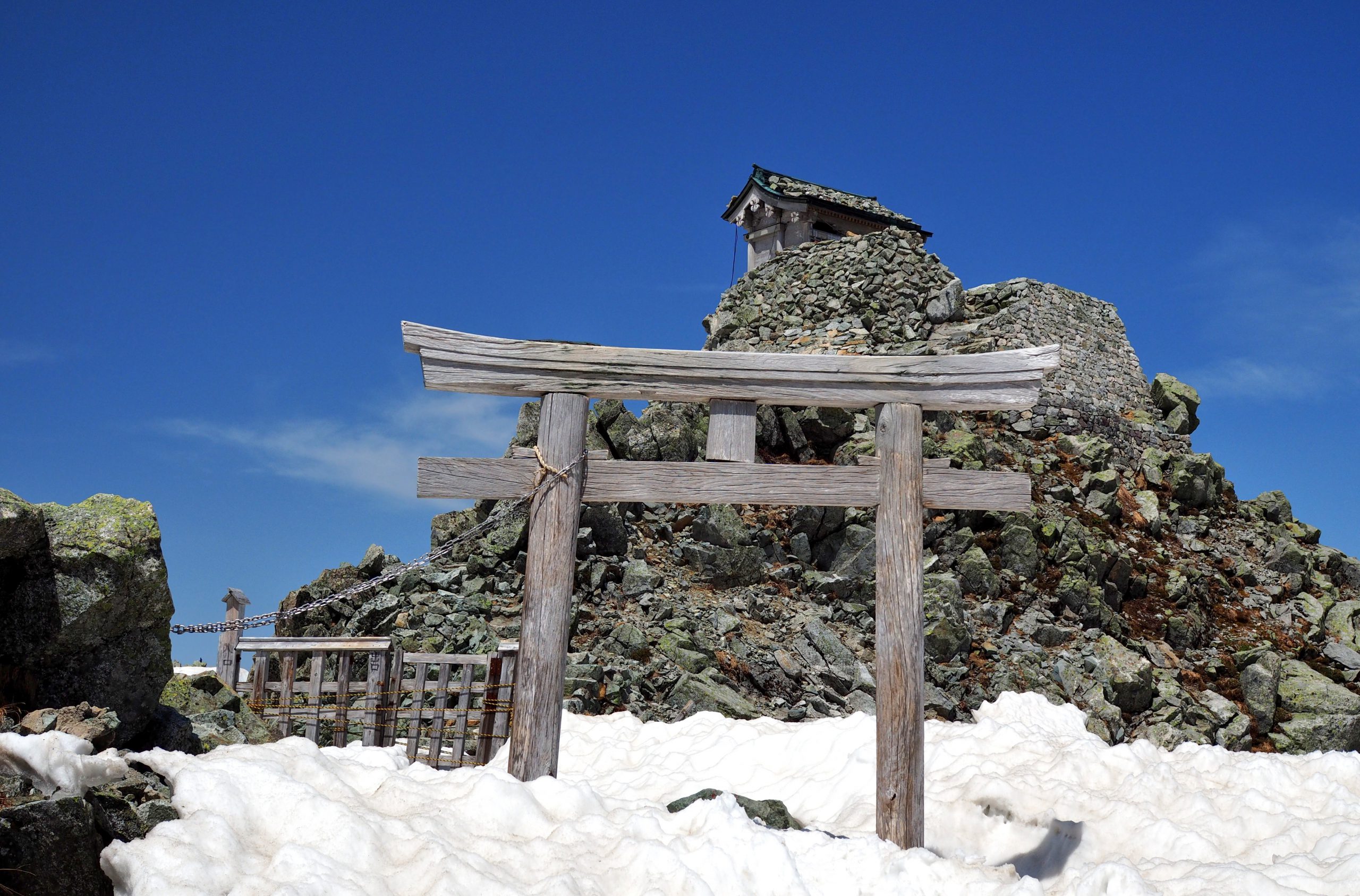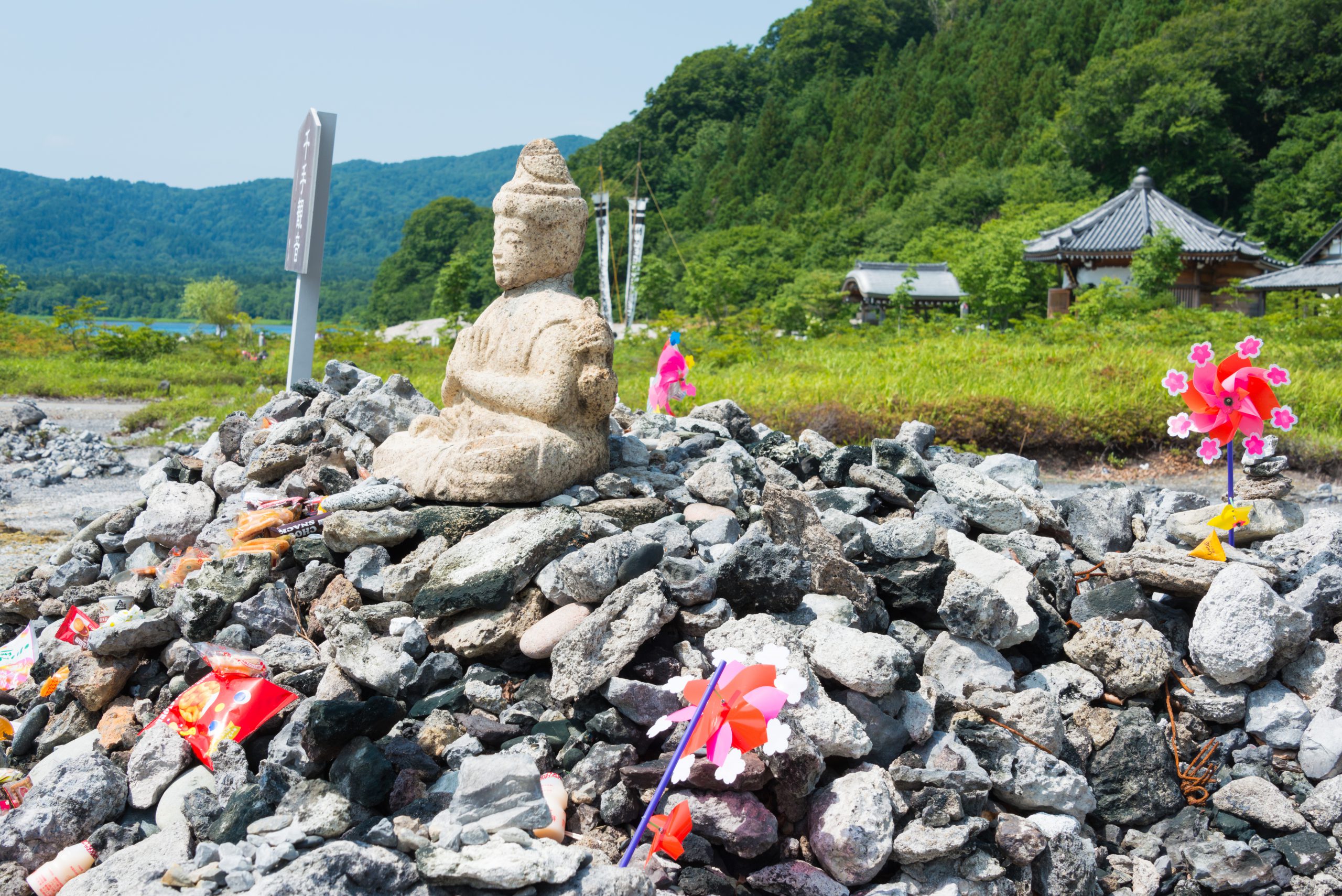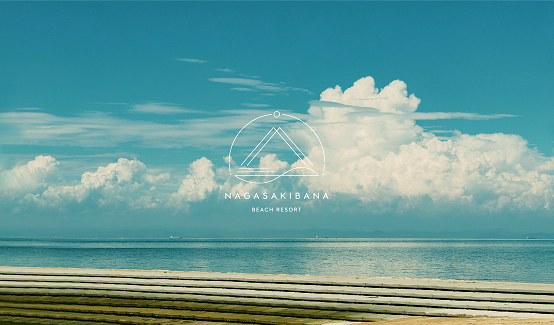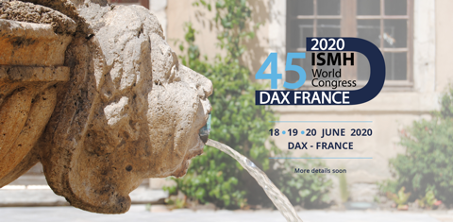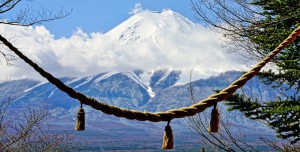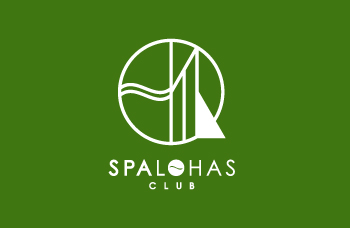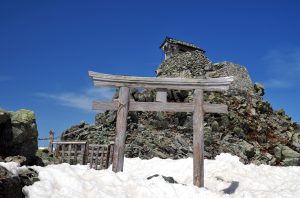The encounter between Japanese and onsen - (1) Forbidden love and onsen
JULY 20,2021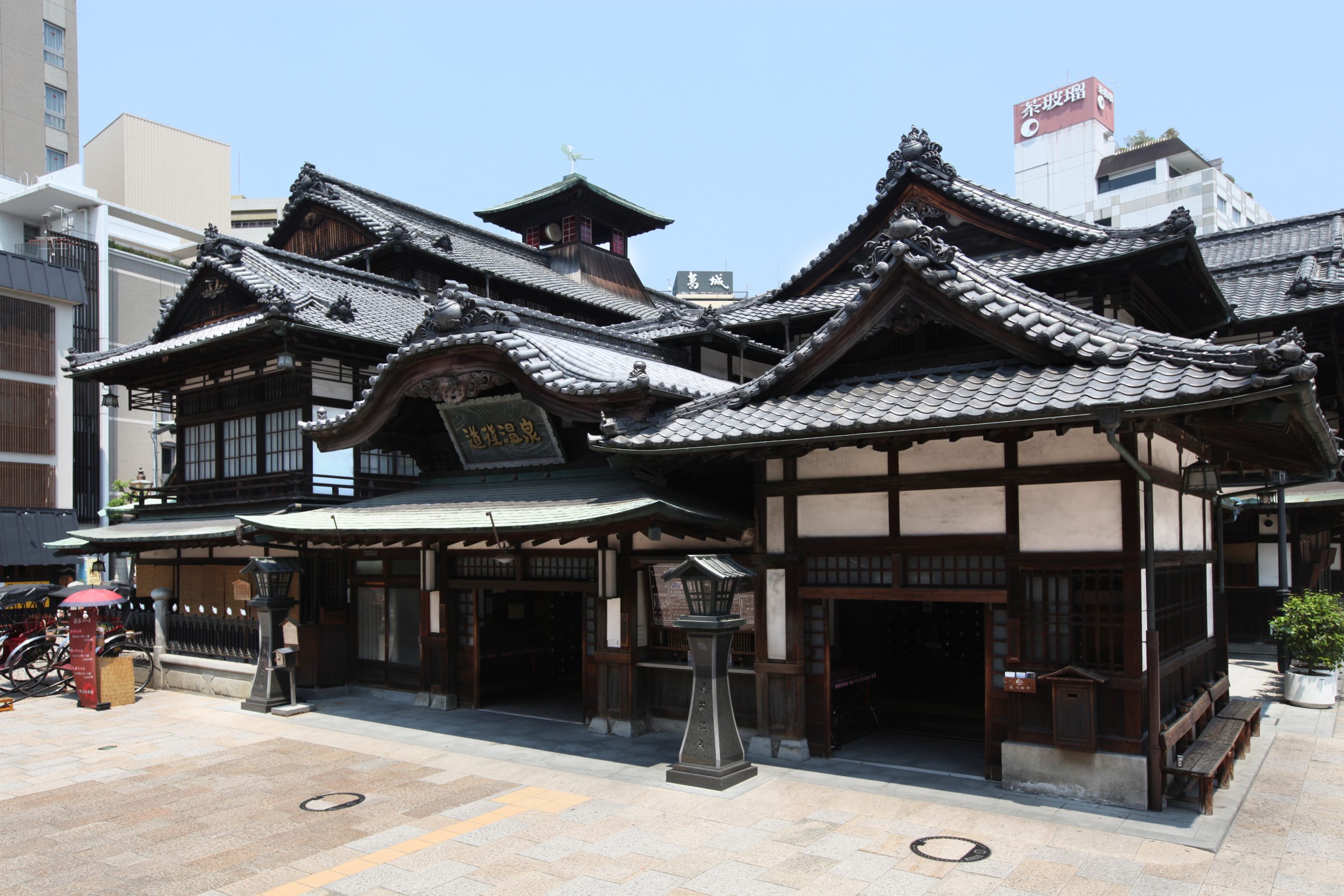
©Iyo kan net Dôgo Onsen
by Michio Ishikawa
The document in which the term onsen appears for the first time is Kojiki, the oldest book
known in Japan. It was compiled in 712, at the beginning of the Nara period.
Dōgo Onsen appears as an exile destination of the Emperor’s son after a forbidden love.
In Europe, remains of offerings dating back as far as the Bronze Age have been discovered at the source of many hot springs. The names of the spa towns Bourbon-l’Archambault and La Bourboule, located in the region where the Bourbon dynasty was born, actually come from Borvo, the god of boiling waters for the ancient Celts 1). These offerings were the proofs of the faith dedicated to springs and hot springs, and of their utilization. As for writings, Hippocrates, often referred as “the father of medicine”, wrote about hot springs in the 5th century before J-C. Since Japan is also a country with a large number of hot springs, we can imagine that the encounter with onsen took place very early. But unfortunately we have very few writings or tangible proofs about this.
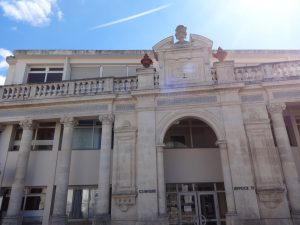
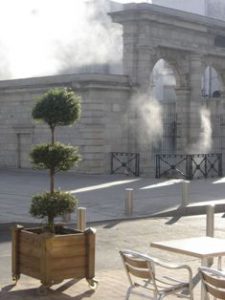
hôpital hypocrate à Saujon ©Ville de Dax fontaine de sources chaudes.
The document in which the term onsen appears for the first time is Kojiki, the oldest book known in Japan. It was compiled in 712, at the beginning of the Nara period. It is a gathering of official chronicles which relate in a narrative style the history between the mythological period until the first half of the 7th century, during the Asuka period. In particular, regarding the period of Emperor Ingyō, at the middle of the 5th century, there is a mention of the hot spring “Iyo-no-yu”, located in the province of Iyo (today Ehime Prefecture). It is the present Dōgo Onsen, a venerable spa town considered as one of the “three oldest spas in Japan”.
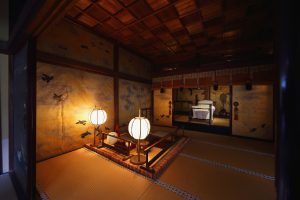
©Iyo kan net Dôgo Onsen
What is worth noting is that the first encounter between Japanese people and onsen found in literature is not something expressing the gratitude towards the benefits offered by hot springs or the pleasure of their utilization. Dōgo Onsen appears as an exile destination of the Emperor’s son after a forbidden love.
Here is the story related in Kojiki. The crown prince was a young man whose beauty fascinated everybody, and his younger sister also was very beautiful. The prince and his sister fall in love with each other. The news spreads, the crown prince’s confidence is lost and his younger brother, who was aspiring to the throne, chases him away. But, being the crown prince, the younger brother spares his life and forces him to exile at “Iyo-no-yu”. The poem composed by the young princess, in love with her brother and completed torn away, appears in Manyōshū, a collection of waka poems completed in the second half of the 8th century, during the Nara period.
“So much time has passed since you left. I am going to your place, I cannot wait any longer”.
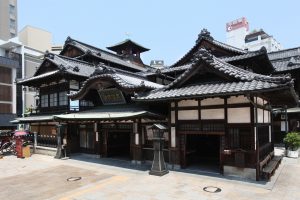
©Iyo kan net Dôgo Onsen
We can imagine that the princess met her brother at Iyo-no-yu. We want to believe that the hot spring at least healed them. We do not know how many days they spent at Iyo-no-yu. Kojiki says that, at the end, they committed suicide together.
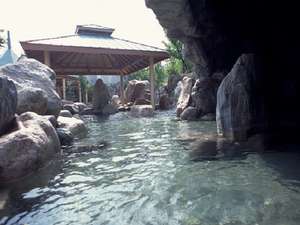
©Iyo kan net Minara Onsen
This story is also related in Nihon Shoki, an historical book compiled by the Imperial court eight years after the Kojiki, but there are some differences regarding the period and the conclusion. In this description, the crown prince took his life in the house of a minister he took refuge in, and it is the princess who was forced to exile. But it is only written “exiled in Iyo”, and there is no mention of “Iyo-no-yu”.
The region of Iyo-no-yu had long been famous for its onsen, to such extent that it was called “Yu-no-kōri” (the county of hot springs), and it is very likely that there were facilities enabling nobles to use hot springs. This is why it became the destination of exile for members of the Imperial family. We can say that the encounter between Japanese people and onsen took various forms.
1) Philippe Langenieux-Villard, Les stations thermales en France, Que Sais-Je ?,1990
Data related to the hot spring (Dōgo Onsen):
- type : simple alcaline hot water
- temperature : 47°C
For trip in this area : What makes Dogo Onsen Extra Special|Highlights|Visit Ehime - Ehime Tourism Information (visitehimejapan.com)


